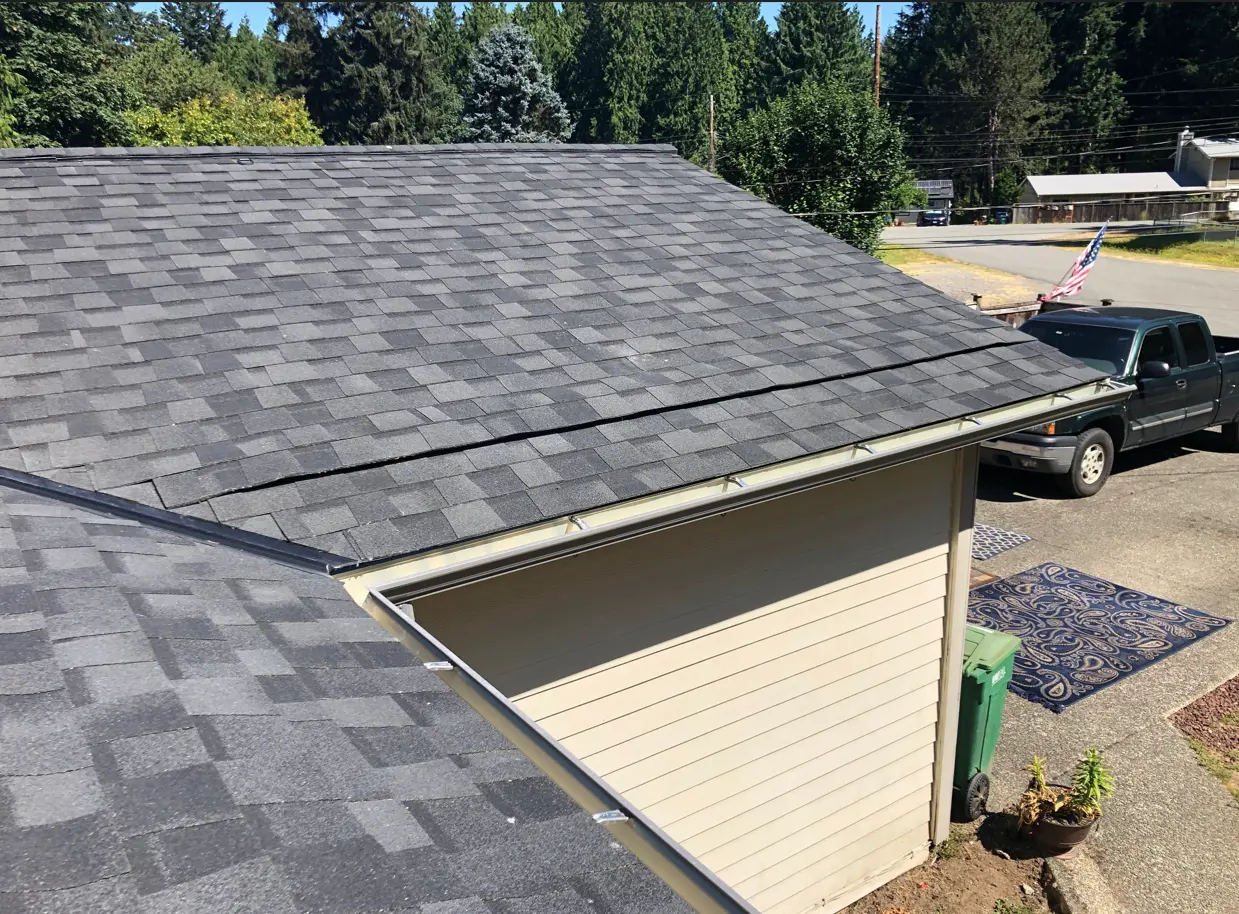15 Facts About Composition Roofs You Didn’t Know
When it comes to roofing materials, composition roofs are a popular choice because of their versatility and durability. But how much do you really know about them? Let’s dive into some lesser-known facts about composition roofs that might just surprise you.
1. What Are Composition Roofs?
Composition roofs, often known as asphalt shingles (and often confused with composite), are made from a mixture of roofing materials that include fiberglass, tar, and mineral granules. They’re favored for their aesthetics and resilience. But what makes them stand out even more is their historical evolution. In the early days, roofing options were limited to natural elements like wood and slate, which were not only expensive but also cumbersome to install. The innovation of combining different materials in composition roofs led to a revolution in the roofing industry. This blend brings together the best qualities of each element, resulting in a roofing solution that offers aesthetic appeal without compromising on durability.
Additionally, the versatility of composition roofs allows them to mimic other materials such as wood shakes and slate tiles, offering homeowners the aesthetic they desire with the added benefits of advanced roofing technology. This mimicry is not just skin-deep; the textures and colors available in composition shingles are meticulously designed to replicate the appearance of these traditional materials. For those who are interested in an affordable and aesthetic roofing option, composition roofs are a choice worth considering, especially for those looking to maintain a specific architectural style without breaking the bank.
2. Affordable Roofing Solution
One of the major advantages of composition roofs is their affordability. They offer a cost-effective solution without compromising on protection and style. This is particularly beneficial for first-time homeowners or those looking to renovate on a budget. The cost savings associated with composition roofs begin with the material itself and extend to the installation process, which is generally quicker and less labor-intensive. This affordability also allows homeowners the flexibility to allocate more resources to other aspects of their home’s renovation, ensuring a well-rounded approach to home improvement.
Moreover, the lower price tag does not mean a drop in quality. The technology behind composition roofing materials has advanced significantly, leading to products that are both budget-friendly and high-performing. The lifecycle cost of a composition roof is quite appealing when you factor in the reduced maintenance and repair expenses, contributing to overall savings.
3. Variety of Styles
Composition roofs come in a range of colors and styles to suit different home designs, allowing homeowners to achieve the desired aesthetic without the high cost. Whether you’re going for a modern look or prefer a classic appearance, there’s likely a composition shingle that fits the bill. This versatility in design enables homeowners to express their personal style, transforming a house into a home with character and charm. The design options are nearly limitless, from bold, eye-catching colors to subdued, earthy tones that blend seamlessly with the natural environment.
4. Durability and Longevity
When properly maintained, composition roofs can last anywhere from 15 to 30 years, providing long-term peace of mind. This is due to the meticulous manufacturing process that ensures each shingle is built to withstand the elements. The longevity of a composition roof often depends on factors such as environmental conditions, quality of materials used, and installation technique. Regular inspections and maintenance can help prolong the life of your roof, making it a stable and enduring investment for your property. The peace of mind that comes from knowing your roof is both durable and long-lasting cannot be overstated.
5. Ease of Installation
Thanks to their lightweight nature, composition roofs are easier and quicker to install compared to other roofing materials, reducing labor costs. The simplicity of the installation process makes composition roofs an ideal choice for both DIY enthusiasts and professional contractors alike. The materials are not only easy to handle but also come with clear instructions, which streamline the process significantly.
6. Resistance to the Elements
Many composition roofs are designed to withstand harsh weather, including high winds and heavy rain, making them suitable for various climates. Their robust nature owes much to the complex layering system employed in their design, which acts as a formidable barrier against moisture, preventing leaks and water damage.
7. Low Maintenance Needs
Routine maintenance for composition roofs is minimal, often requiring only occasional inspections and cleaning to ensure their optimal performance. This low maintenance requirement alleviates the homeowner’s burden, allowing for more time to focus on other pressing home needs.
8. Fire Resistance
Most composition roofing materials have a Class A Fire rating, providing an additional safety feature for homeowners. This fire-resistant quality is particularly beneficial in areas prone to wildfires, adding an extra layer of protection to homes.
9. Eco-Friendly Options
Some composition shingles are manufactured with recycled materials, making them an environmentally conscious choice. On top of using recycled content, these shingles can often be recycled at the end of their life cycle, significantly reducing their impact on landfills.
10. Compatibility with Solar Panels
Due to their flat surface and stability, composition roofs are an excellent base for installing solar panels, helping homeowners transition to sustainable energy. This compatibility means that as the demand for green energy solutions grows, homes with composition roofs can seamlessly integrate solar technology, contributing to national and global sustainability goals.


Queen Anne Solar, Energy Storage & Roof Project
Seattle, WA